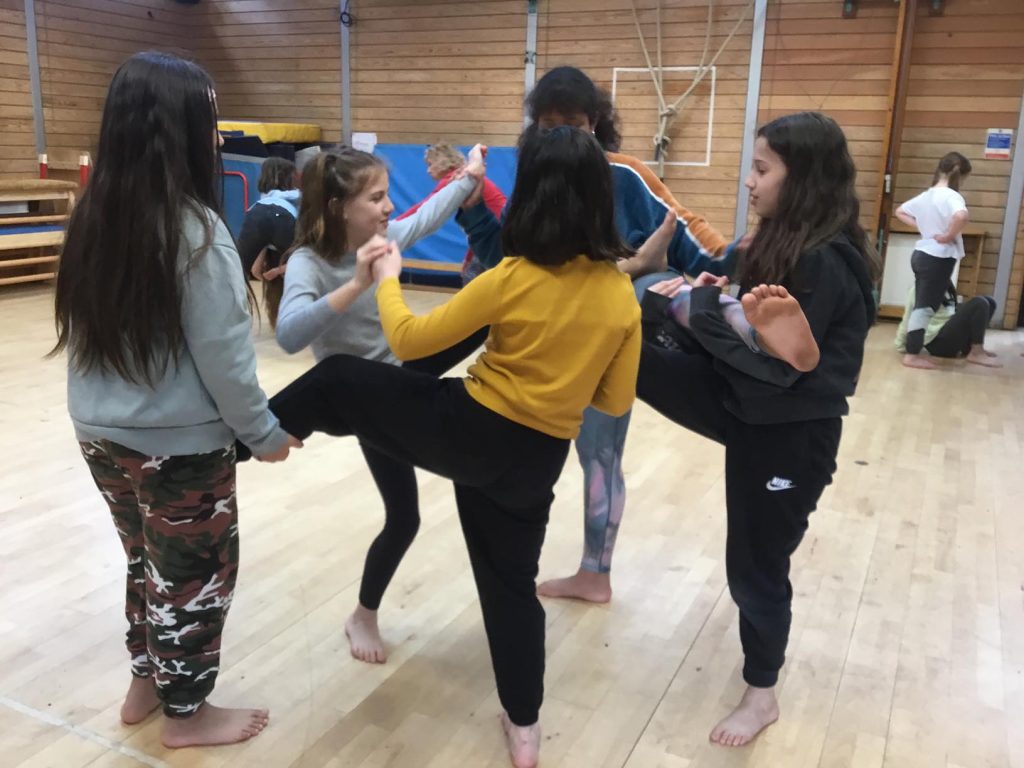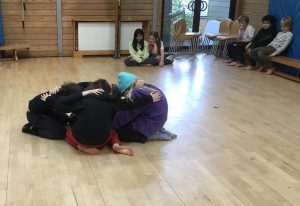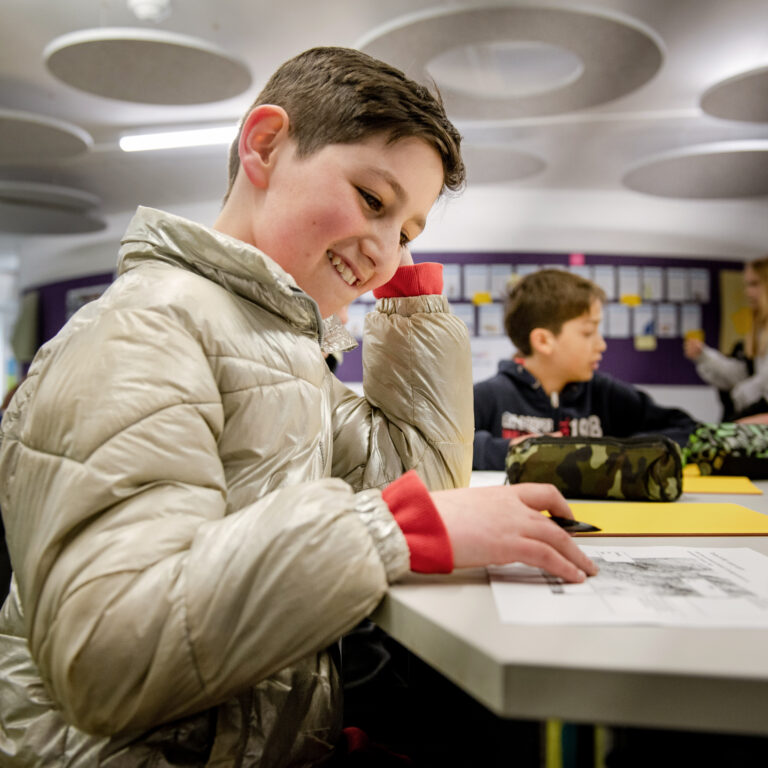Feeling The Rhythms With Year 5
31st March 21

In Year 5 our students have been using dance to express themselves. In the Y5 newsletter Mollie and Micaela explained what they’ve been up to: “In drama lessons we’ve done lots of ‘The Five Rhythms’. They are five rhythms that are designed for everyone. It takes you through life from the start to the finish; it explains the human life cycle in a beautiful way. We have enjoyed doing them so much and we have found them fascinating. It’s a relaxing, elegant way to move.
The rhythms also help relieve bad emotions. When we feel sad, we think of the rhythms and it helps us calm down. It’s a way to express your emotions in a calming dance. Not a lot of people know about them but we can highly recommend them.”
We asked Y5 teacher Lucy to give us a bit more of an insight into this activity.
“I have used ‘The Five Rhythms’ for many years as part of my drama teaching. I first experienced this system of movement when I was on maternity leave, taking part in weekly sessions with a group of parents and children. It was devised by a Californian, Gabrielle Roth, who describes herself as an ‘urban shaman’. Once a professional dancer, she suffered an injury which ended her career. Desperate to continue dancing, she started to experiment with a less prescribed approach to movement which would allow anyone to participate.
Also described as ‘Dancing the Wave’, Flowing, Staccato, Chaos, Lyrical and Stillness are the names of the five rhythms. They represent the seasons of the year, stages in the human life cycle and emotions. When I introduce ‘The Five Rhythms’, I explain all these connections to the children.
I have learnt that when working with primary school children, although Flowing is the first rhythm, they respond most readily to Staccato as it relates to the season of Spring, children becoming teenagers and the emotion of anger respectively. This rhythm has a strong beat which suggests short, sharp, powerful movements. Children work in pairs, working in unison, allowing their bodies to move spontaneously.
Chaos has a tribal beat and the children are encouraged to accompany the drumming on the music track using the floor and benches as percussion instruments. The children work in groups of five or six, representing a tribe, a family group, moving in canon and unison. This is the season of Summer, the family in the human life cycle and the emotion is sadness.
Children generally love Lyrical which is the season of Autumn and when the children have grown up and moved away. The music suggests floating, whirling and jumping. To create the illusion of suspension floaty scarves are used. Much fun and joy is experienced.
Stillness, which represents the coming of Winter, old age preparing for death and the emotion of compassion has music which encourages slowing down of movements and the creation of ‘crystals’ formed from the dancers making points of contact with heads, shoulders, elbows, knees and feet. This parallels the freezing of water into ice. The class begin in smaller groups and then combine to form a giant crystal.
Flowing follows with the melting of the ice in very early Spring. This connects with the new-born baby of the human life cycle and the emotion of fear (of the unknown). The music promotes circular, flowing movements on all levels. Thus the ice crystal of Stillness dissolves into flowing, swirling waters.
The rhythms are introduced one-by-one, culminating in ‘Dancing the Wave’, incorporating all five rhythms. The hope is that the children dance away the emotions of fear, anger, sadness and find joy and compassion. It can be a very effective form of therapeutic learning. ‘The Five Rhythms’ may also inspire poetry, artwork and performance. Every class is different and it is always exciting to witness their different interpretations of this system of movement.
Lucy Bailey
Year 5 Teacher
Lower School











